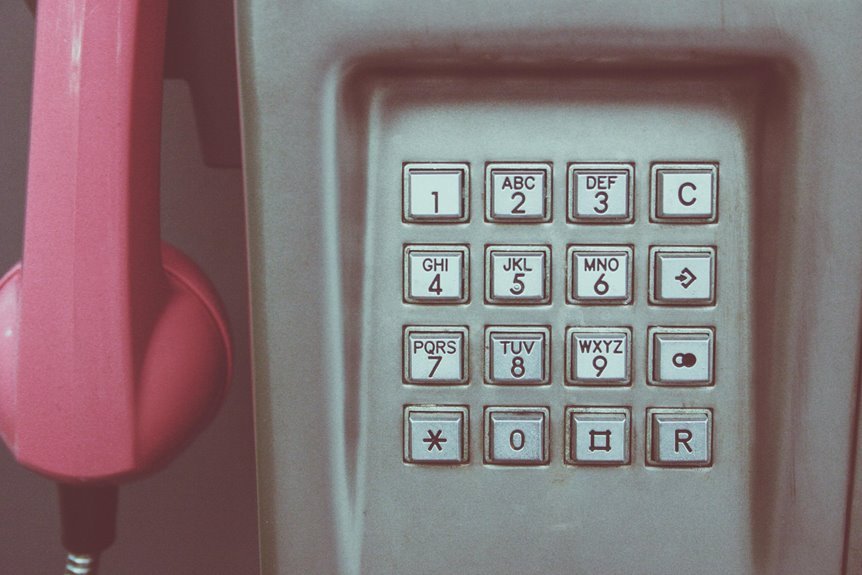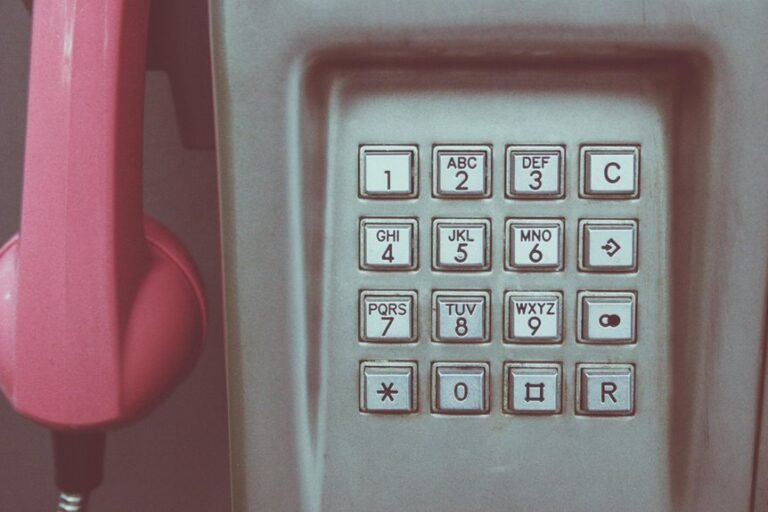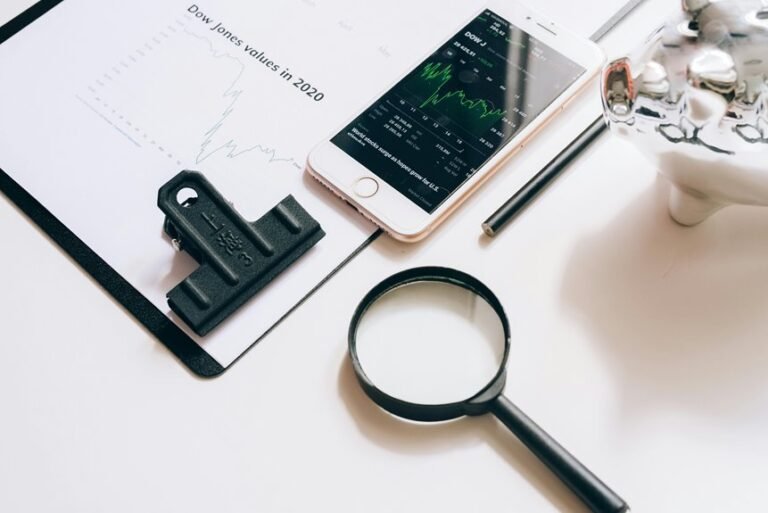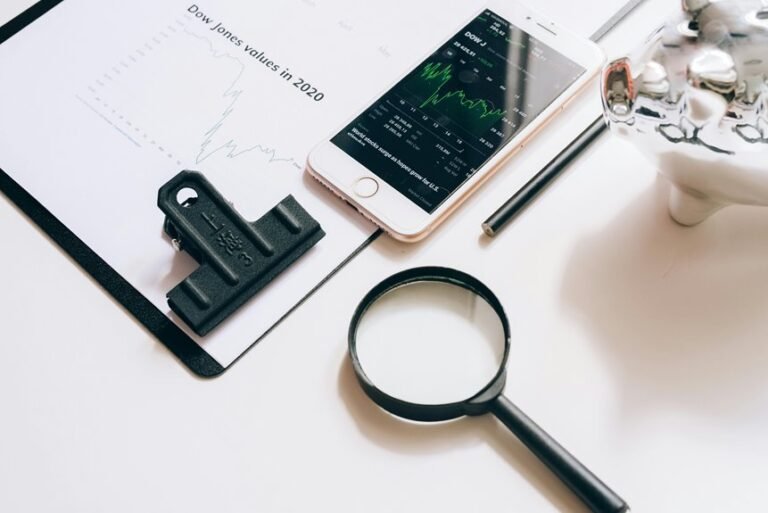Who Called You From 3233319510, 6053336205, 18443307185, 8705585589, 7702823288, 7753333733

Numerous individuals have reported receiving calls from numbers such as 3233319510, 6053336205, and 18443307185. These unfamiliar contacts often raise concerns about their legitimacy. An analysis of these numbers may reveal their association with telemarketing, scams, or robocalls. Understanding the origins of these calls is crucial for identifying potential threats. The implications of ignoring such inquiries can be significant, prompting a closer examination of effective strategies for managing these communications.
Understanding the Origins of Unknown Numbers
How can one ascertain the origins of unknown phone numbers?
By employing call identification techniques and phone number tracing, individuals can uncover the source of unsolicited communications.
These methods utilize databases and algorithms to analyze call patterns, revealing geographic locations and potential affiliations.
Such analytical tools empower users, enhancing their ability to navigate telecommunication networks while safeguarding their autonomy in an increasingly connected world.
Common Reasons for Receiving Unsolicited Calls
While unsolicited calls can originate from various sources, the most common reasons often include marketing and telemarketing efforts, scams, and robocalls.
Telemarketing scams frequently employ deceptive tactics to elicit personal information, while robocall tactics utilize automated systems to reach large audiences.
These practices exploit the anonymity of callers, leading to increased frustration and distrust among recipients, ultimately infringing on their sense of privacy.
Tips for Handling Unfamiliar Phone Calls
When faced with unfamiliar phone calls, individuals must adopt a strategic approach to discern the nature of the call.
Key strategies include identifying spam through caller ID and reverse lookup services. If the call appears suspicious, promptly block the number to prevent future disturbances.
Maintaining vigilance and utilizing available tools fosters a sense of freedom from unwanted interruptions, enhancing personal security.
Conclusion
In navigating the landscape of unsolicited calls, the juxtaposition of genuine inquiry and deceptive tactics underscores the importance of vigilance. While some numbers may herald legitimate outreach, others represent intrusive attempts to exploit personal information. Employing caller ID and reverse lookup services serves as a crucial defense, allowing individuals to discern between valuable communications and unwanted disruptions. Ultimately, a proactive approach to handling unfamiliar calls fosters a balance between connectivity and security in an increasingly complex telecommunication environment.






